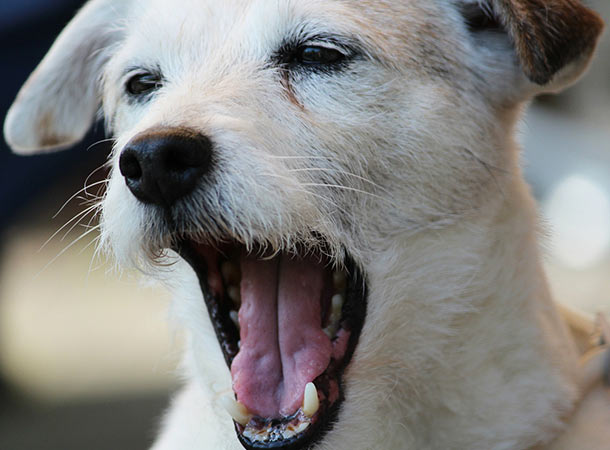Rescue dogs are often survivors of neglect, abandonment, or abuse—and while they’re incredibly resilient, many arrive with emotional or behavioral challenges that require patience, understanding, and time.
At [Your Rescue Name], we believe every dog deserves a second chance—including those who need a little extra help adjusting to life in a loving home. In this blog, we’ll explore the top five behavioral issues we see in rescue dogs and how we help them heal, grow, and thrive.

1. 🐶 Fearfulness and Anxiety
What it looks like:
-
Hiding or freezing in place
-
Flinching at sudden movements or noises
-
Avoiding eye contact
-
Trembling, panting, or whining
Why it happens:
Dogs that come from traumatic backgrounds—especially those rescued from hoarding situations, abuse, or long-term neglect—often lack socialization and trust in humans.
How we help:
-
Safe spaces: Each dog is given a quiet, cozy area to decompress at their own pace.
-
Positive reinforcement: We reward calm behavior and encourage gentle exploration.
-
Consistent caregivers: Familiar faces help build trust and reduce stress.
-
Desensitization: Gradual exposure to new sounds, people, and environments helps dogs build confidence.
✨ Tip for adopters: Let fearful dogs come to you. Avoid forced interactions. Time and patience are your greatest tools.
2. 🐕🦺 Leash Reactivity
What it looks like:
-
Lunging, barking, or growling when on a leash—especially when seeing other dogs or strangers.
Why it happens:
Leash reactivity can stem from fear, frustration, or past negative experiences. Some dogs may feel trapped and unable to flee when on a leash, which heightens their stress response.
How we help:
-
Controlled walks with skilled handlers
-
Reward-based redirection: Using treats or toys to redirect focus from triggers
-
Training with positive associations: Creating calm experiences when encountering other dogs or people
-
Use of head halters or front-clip harnesses: For safer, more manageable walks
✨ Tip for adopters: Use a no-pull harness and avoid punishing leash behavior—it usually makes the problem worse. Seek help from a positive reinforcement trainer if needed.
3. 🏠 Separation Anxiety
What it looks like:
-
Whining, barking, or howling when left alone
-
Destructive behavior (chewing, digging, tearing)
-
Inappropriate elimination (peeing/pooping indoors)
Why it happens:
Dogs that have been abandoned or bounced between homes often fear being left behind again. They’re deeply attached but uncertain if their new family will stay.
How we help:
-
Slow desensitization: Practicing short separations and gradually increasing alone time
-
Comfort items: Toys, puzzle feeders, and worn t-shirts with caregiver scent
-
Safe zones: Crate training (if the dog is comfortable) or small, secure areas to prevent overwhelming anxiety
-
Enrichment routines: Keeping their mind stimulated reduces stress
✨ Tip for adopters: Never punish destructive behavior caused by anxiety. Focus on creating predictability and comfort.
4. 🦴 Resource Guarding
What it looks like:
-
Growling, snapping, or stiffening when someone approaches their food, toys, or bed
-
Trying to hide items or eat quickly when approached
Why it happens:
In a past life, these dogs may have had to fight for every scrap of food or personal space. Resource guarding is often a survival response, not aggression.
How we help:
-
Trade-up techniques: Teaching dogs that giving up items leads to something even better
-
No punishment: We never punish guarding—it increases fear and can worsen behavior
-
Supervised feeding: Especially around other animals
-
Training to build trust: Helping the dog feel safe that their resources won’t be stolen
✨ Tip for adopters: Respect the dog’s space during meals or when they’re enjoying a toy. With time and trust, many dogs naturally relax.
5. 🧠 Overstimulation and Hyperactivity
What it looks like:
-
Jumping, mouthing, or zoomies that escalate into rough behavior
-
Difficulty calming down after excitement
-
Constant movement or attention-seeking
Why it happens:
Some dogs are naturally high-energy, but overstimulation can also be a response to shelter stress, boredom, or lack of exercise.
How we help:
-
Regular structured play and walks
-
Enrichment activities: Puzzle feeders, sniff walks, treat-dispensing toys
-
Impulse control games: “Sit,” “wait,” and “leave it” become part of their daily routine
-
Calm reinforcement: Teaching that calm behavior gets attention, not chaos
✨ Tip for adopters: Don’t confuse energy for bad behavior—these dogs just need an outlet. Consider agility or scent work for smart, active pups.
🏡 Final Thoughts: Patience Heals
Behavioral issues in rescue dogs are often misunderstood—but they’re not permanent. With love, time, and structured support, nearly every dog can learn to trust again.
At [Your Rescue Name], we don’t just rescue dogs—we rehabilitate them and prepare them for forever homes. Our goal is to set each adopter up for success and to give every dog the life they deserve.
📢 Are You Ready to Help a Rescue Dog Heal?
🐾 Check out our adoptable dogs
🦴 Donate to support training and behavioral rehab
📘 Download our adopter behavior guide (ask us for a copy!)
🤝 Volunteer to walk or train our dogs
Every dog has a story—and you can help write their happy ending.


